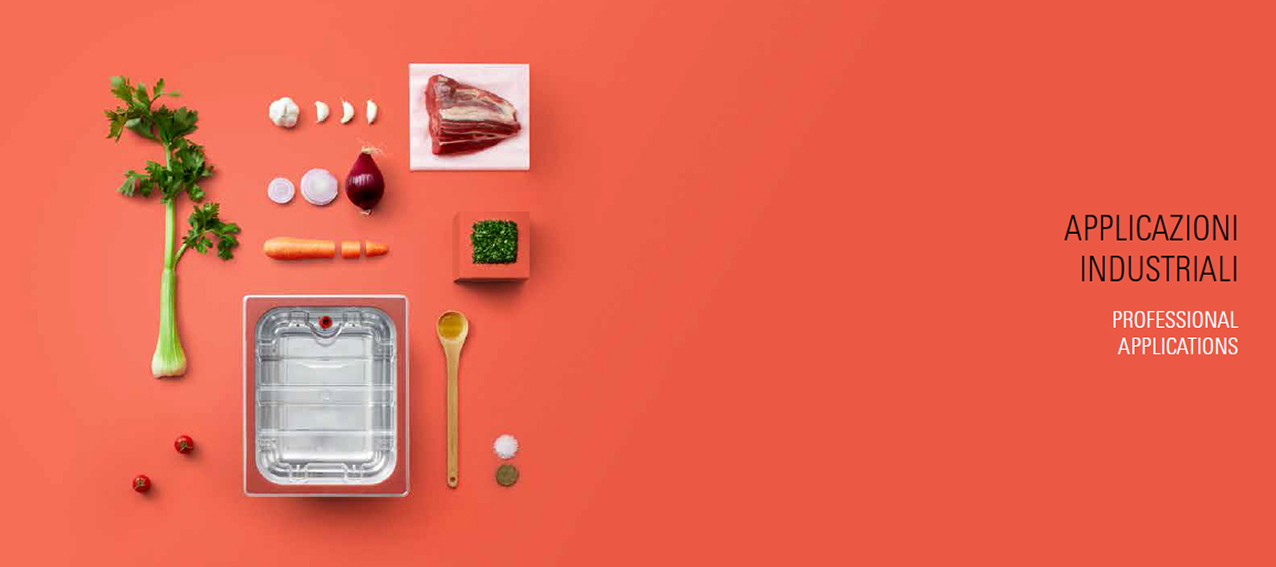NEUHEITEN

08 Mai 2020
PICKLING AND PASSIVATION
The operations of pickling and passivation are of primary importance for a stainless steel component, as they put the material in the best conditions to promote the self-passivation mechanism, which is the basis of STAINLESSNESS.
Stainless steels, due to the chromium content, spontaneously cover with a very thin layer of oxides, called PASSIVATION FILM, which is compact and invisible and protects them from corrosion; this film is dynamically stable, which means that if it is locally damaged, it will self-reform provided the environment that surrounds it, is sufficiently oxidizing. In this sense, atmosphere and water are a sufficient source of oxygen for the self-passivation mechanism. The stability and anchoring of this passive layer depends primarily on the percentage of the chromium content, but also on the concentration of other elements such as nitrogen, nickel, titanium, molybdenum, etc.
For the self-passivation mechanism to occur and be stable, it is necessary that, in addition to the environmental conditions described above, it is free from anything that may hinder or delay the trigger (welding oxides, greases, oils, oxides due to heat treatments, contact with rusty elements, etc.).
So, in order that the stainless steel product may perform its maximum anticorrosive property, it is necessary to ensure a pickled and passivized surface.
MORI 2A’s passivation plant is working on several steps:
Decreasing at 70°C;
Hot rinsing with service water from the water main;
Immersion in the passivation solution;
Acid rinsing;
Rinsing with services water from the water main.
Considering the toxicity and dangerousness of the used substances, the plant disposes of the appropriate security measures: containing pool, double-structure tank for the passivation solution,smoke capturing systems, smoke cleaning towers, etc.